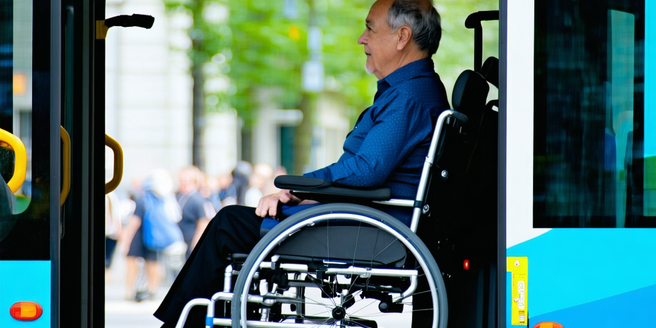Transportation Assistance For Low-income Individuals

Understanding the Need for Transportation Assistance
Transportation is a crucial aspect of daily life, enabling individuals to access employment, education, healthcare, and social services. For low-income individuals, a lack of reliable transportation options can be a significant barrier to improving their quality of life. Often, public transit systems are not adequately equipped to cover all areas or provide frequent service, leading to reliance on expensive alternatives such as taxis or ride-sharing services. Without affordable and reliable transportation, people face challenges in securing stable employment or attending educational programs, further perpetuating the cycle of poverty. As transportation costs continue to rise, prioritizing assistance programs becomes essential to remove these barriers and enable low-income individuals to participate fully in society.
Types of Transportation Programs Available
There are several types of transportation programs designed to assist low-income individuals. Public transit subsidies are common, offering reduced fares for buses and trains, making daily commutes more affordable. Non-profit organizations often manage volunteer driver programs, where volunteers provide rides to those in need, especially for medical appointments. In some regions, ride-share vouchers are provided, offering a limited number of free or discounted rides through services like Uber or Lyft. Additionally, some programs focus on providing or repairing personal vehicles, recognizing that ownership can result in greater independence. Understanding these various programs and their eligibility criteria is vital for those seeking assistance to improve access to essential services and employment opportunities.
How to Qualify for Transportation Support
Qualifying for transportation support generally involves meeting specific criteria that demonstrate financial need or lack of access to reliable transportation. Most programs require proof of income, such as pay stubs or tax returns, along with identification and residency details. Some programs also prioritize service for those needing transportation to medical appointments, job interviews, or educational activities. It may be necessary to demonstrate that no viable public transit options exist in the area or that existing services do not meet the individual’s needs. It’s essential for applicants to research varying criteria for different programs and prepare the required documentation to facilitate the application process.
Benefits of Access to Reliable Transportation
Access to reliable transportation significantly enhances the quality of life for low-income individuals, allowing them to pursue employment opportunities, educational aspirations, and healthcare needs without the hindrance of mobility challenges. Reliable transportation opens the door to jobs that may not be within walking distance, promoting job stability and career advancement. For students, being able to commute reliably to educational institutions leads to better attendance and academic performance. Moreover, accessing routine healthcare and preventive services becomes more feasible, contributing to better overall health outcomes. These combined benefits help elevate individuals from poverty, by providing the mobility needed to seize opportunities for growth.
Challenges in Providing Transportation Aid
Providing effective transportation aid to low-income individuals presents several challenges. Financial constraints often limit the scope and reach of assistance programs, leaving gaps in service coverage. For instance, the high cost of fuel can further strain limited budgets. Rural or underserved areas may lack the public transit infrastructure needed for these programs to be effective, making volunteer or ride-share solutions more necessary but logistically complex. Furthermore, coordinating assistance efforts across various organizations and government agencies can be challenging due to differing priorities and regulations. To ensure that transportation aid effectively reaches those in need, overcoming these challenges requires innovative solutions, collaboration, and sustainable funding models.
Success Stories and Impact on Communities
Success stories of transportation assistance programs highlight their profound impact on communities. In many cases, low-income individuals who previously struggled to commute reliably have found stable employment, improved educational opportunities, and better access to healthcare. For example, programs that provide subsidized transit passes have enabled individuals to secure jobs they couldn’t reach before. Similarly, volunteer driver initiatives have become lifelines for seniors and those in medically underserved areas. The positive ripple effects on communities include reduced unemployment rates and healthier populations. These success stories serve as compelling evidence of the importance of investing in transportation solutions to foster more inclusive, resilient communities.